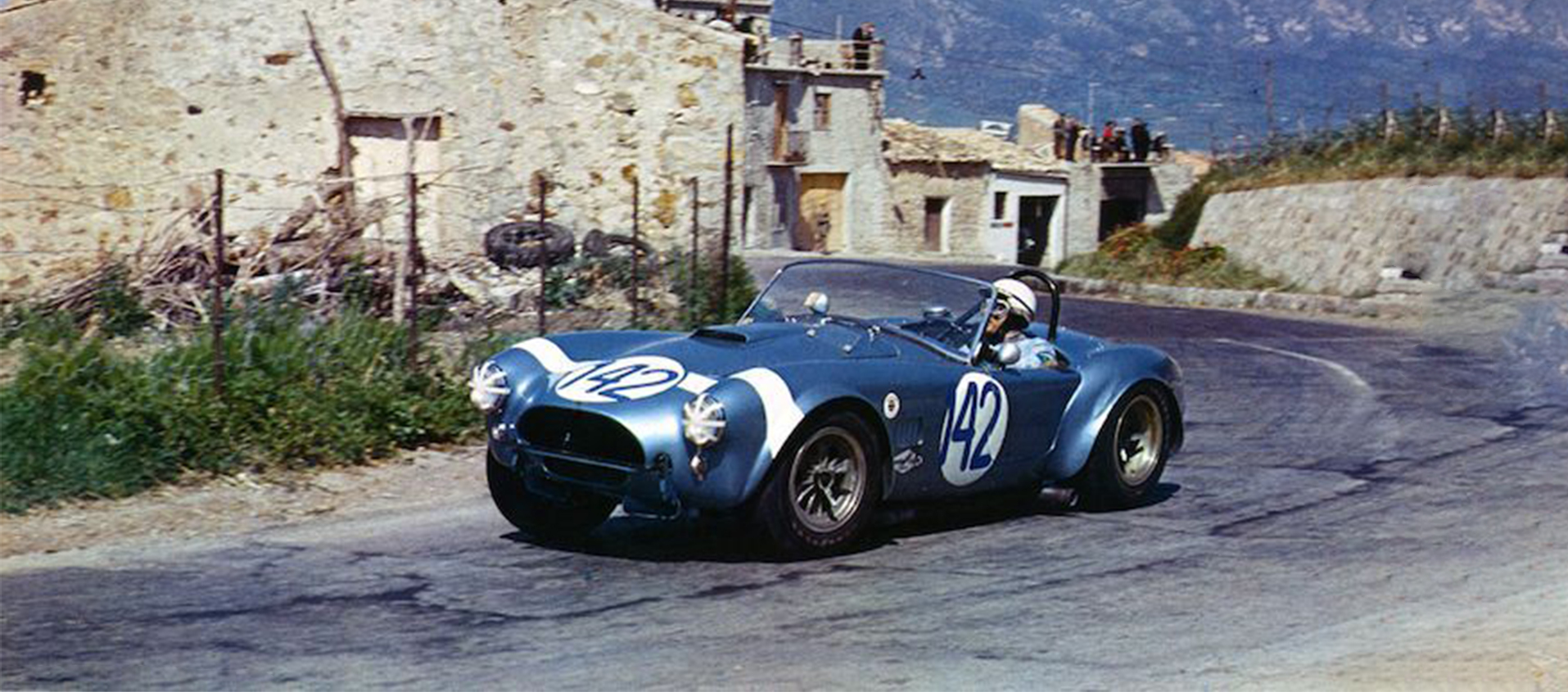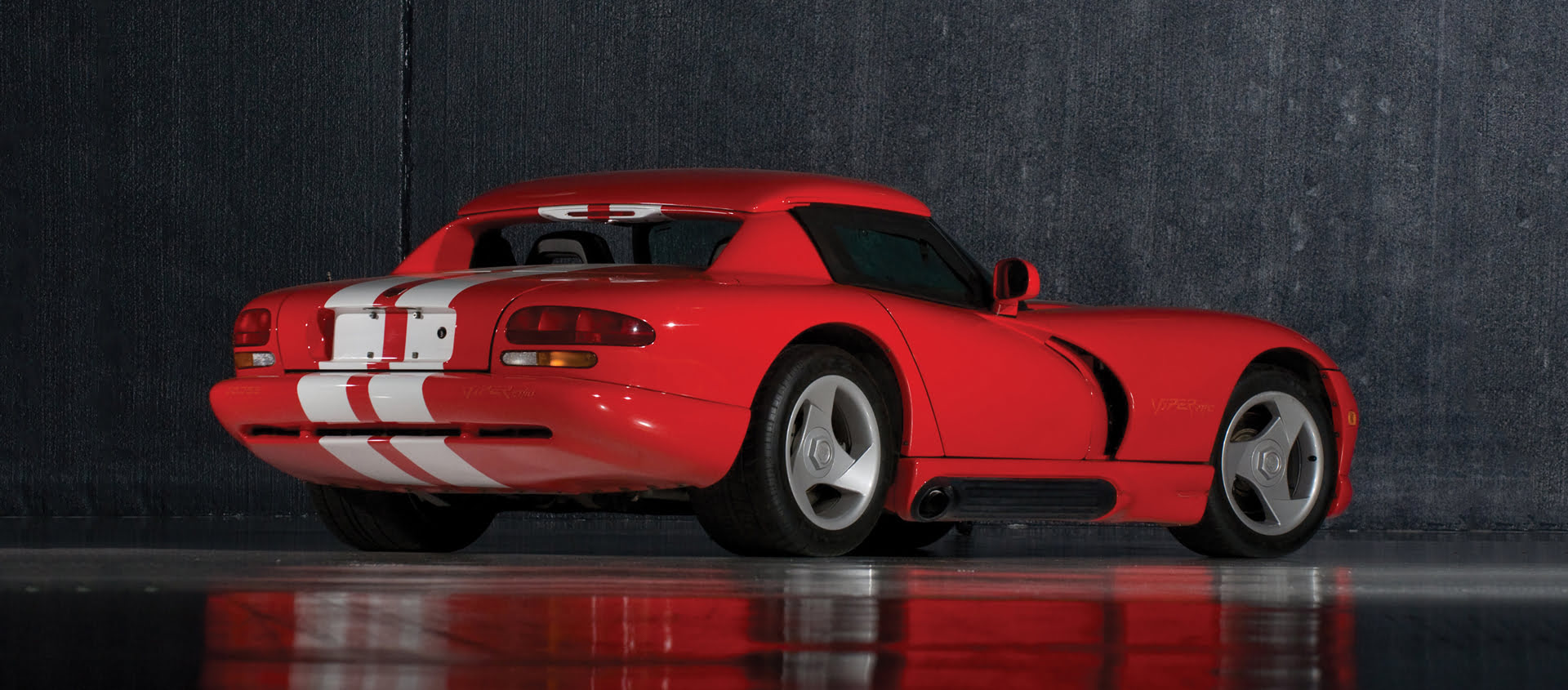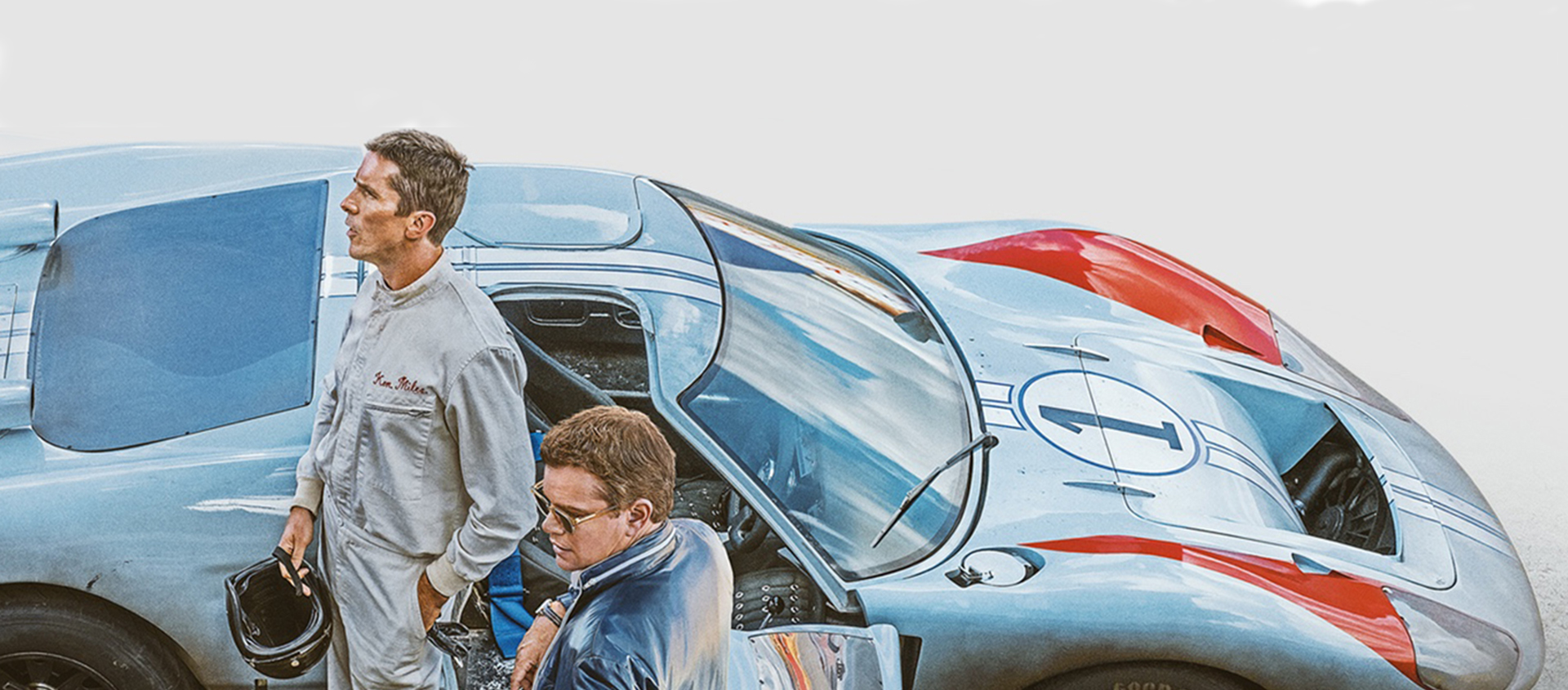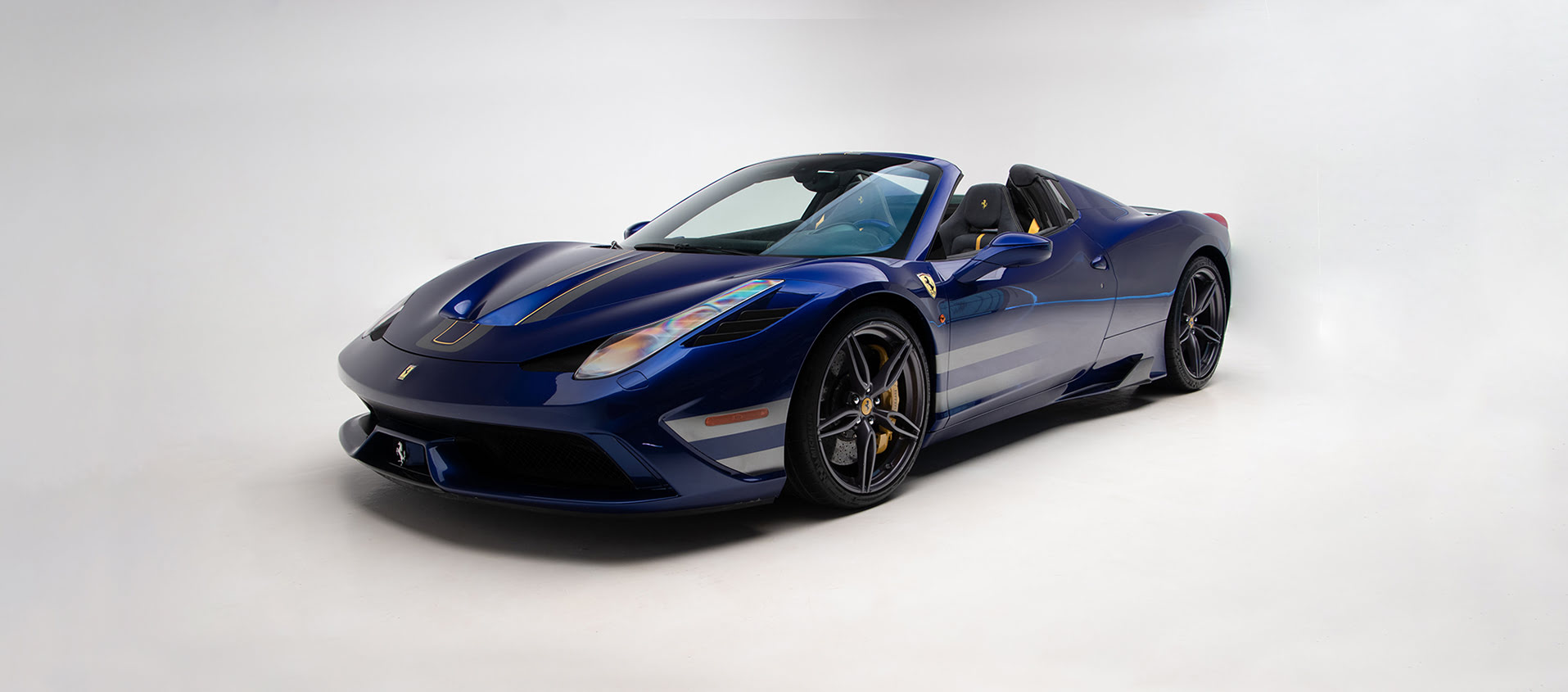A Stars and Stripes Cobra
21 November 2020 1 min read 9 images

The Cobra, Ford Cobra or, more correctly, Shelby Cobra, was the result of the dream of having an American car, driven by Americans, that could hold its own and indeed defeat the all-powerful European Gran Turismo and sports cars of the likes of Jaguar, Aston Martin and Ferrari, to name just a few of the winners of Le Mans.
Register to unlock this article
Signing up is free and gives you access to hundreds of articles and additional benefits. See what’s included in your free membership. See what's included in your free membership.
Already have an account? Log In


